Introduction

The Carl Zeiss Jena 135mm f/3.5 is a vintage lens, originally designed in 1929. Renowned for its simple yet ingenious design and impressive sharpness, it’s also celebrated for its remarkably light weight. Historically, 135mm has been the classic focal length for portrait photography, and the most popular telephoto focal length for most photographers. Therefore almost all of the lens manufacturers had at least 2 of them, a f/2.8 and a f/3.5, many offered other speeds in between or even faster than 2.8. The Sonnar design, with its compact size, made it a popular choice for photographers on the move. While Carl Zeiss produced numerous Sonnar 135mm lenses, other manufacturers have also developed their own Sonnar-inspired lenses incorporating modern technology. Despite its historical significance, I found the Carl Zeiss Jena 135mm f/3.5 price more reasonable than other coveted vintage lenses, prompting me to purchase one for testing. (I bought mine for €10 but prices normally start from €20)
![]() I tested this lens on a 46 Mp Nikon Z 7II (Sample images Nikon Z6 and Nikon Zf)
I tested this lens on a 46 Mp Nikon Z 7II (Sample images Nikon Z6 and Nikon Zf)
 You can see this review as a YouTube video here!
You can see this review as a YouTube video here!
Sample Images











Most of the sample images in this review and many more can be found in higher resolution here.
| Buy new: eBay.com, eBay.de, for $20 ~ $299 (Affiliate links) |
Specifications
| Focal Length | 135mm |
| Angle of View | 18° |
| # of Aperture Blades | 6 (rounded) |
| Max Aperture | f/3.5 |
| Min Aperture | f/22 |
| Min Focus Distance | 1 m (3.3 ft) |
| Filter Size | 49 mm |
| Lens Mount | M42, Exakta, Praktica, Contax RF |
| Weight | 430 g |
| Size (D x L) | 66 x 89 mm |
| Elements/Group | 4 / 3 |

| Buy new: B&H, Amazon.com for $ (Affiliate links) Buy used: eBay |

Variations
Carl Zeiss has produced numerous variations of the Sonnar 135mm lens. Regarding the f/3.5 model, I’m aware of two main versions. The earlier one, which I am reviewing, from 1966, often referred to as the ‘zebra’ version due to its striped design, without multi-coating. In contrast, the later (1976) all-black version features a built-in retractable lens hood and multi-coating. While the lens construction and optics remain consistent across both versions, the multi-coated model is generally considered to offer improved flare resistance and contrast. The front lens inscription can vary; common examples include “Electric MC Sonnar Carl Zeiss Jena DDR”, “MC S Carl Zeiss Jena DDR”, or simply “aus Jena S 135mm f/3.5.” Even later (1980) they made another variant with Praktica B mount, it is smaller and lighter, but optically, it is the same lens. There is no writing on the front, but on the barrel, it is written CARL ZEISS JENA – PRAKTICAR 3.5/135 MC, it is also multi-coated.

Handling
The Aus Jena 135/3.5 is a fully manual lens, completely built in metal and glass. On the front of the lens it reads ‘aus JENA’, indicating a Carl Zeiss Jena lens. The ‘1’ in a circle signifies a first-grade product (typically marked on lenses for export), and ‘S’ for Sonnar, with 1:3.5 f=135 specifying the maximum aperture and focal length.

The aperture ring is marked from 3.5 to 22 with click stops at full and half aperture values. A stop-down pin on the lens rear normally protrudes. On some cameras, this pin was depressed by the shutter release to close the aperture to the selected setting. Otherwise, the aperture remains wide open regardless of the chosen setting, allowing easier focusing due to a brighter viewfinder image.

A lever on the barrel can be used to engage stopped-down aperture, enabling both automatic and manual aperture control. My adapters depress the pin, ensuring correct light metering and aperture priority mode operation.

The focusing ring offers a wide 310-degree rotation, but precise focusing remains challenging. The lens extends significantly at minimum focus distance, though the front element does not rotate.
Optical Features
Sharpness (Infinity)
For the infinity sharpness test, we look at three areas of the image, center, mid-frame, and corner, see highlighted areas in the image below!


This lens is sharp in the centre right from wide open at f/3.5. Sharpness decreases towards the corner and there is also color fringing there. Stop down to f/5.6 and you will get very good sharpness in the centre. F/8 seems to be the aperture for peak sharpness in the centre, the corner is sharpest at f/11 though.
The sharpness decreases at f/16 due to diffraction, which is more obvious at f/22.
Sharpness (Portrait)
Let’s look at the points of interest for portraits at the portrait distance: the very center, the center’s inner periphery (1/3 rule intersection), and the center’s outer periphery (1/4th intersection).

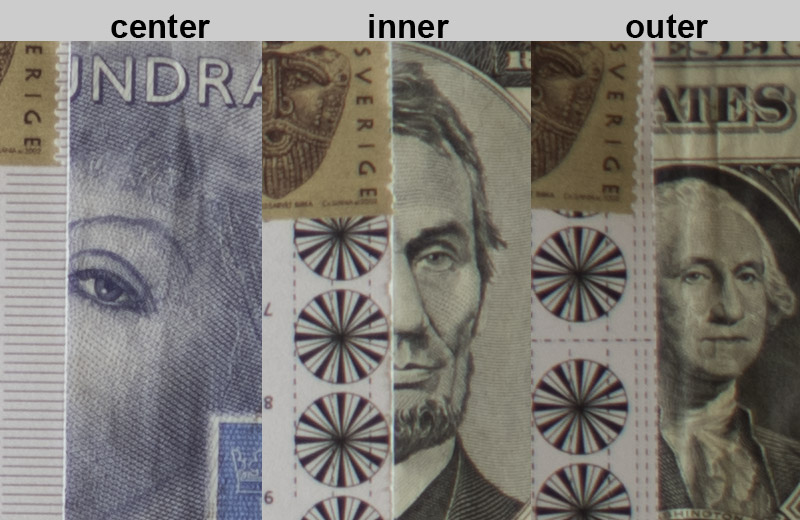


Even here the sharpness is good at all points, the contrast is a little low though. at f/4.5 we see clear improvements in sharpness and contrast everywhere. At f/5.6 you will not see much difference.
Sharpness (Close-up)





Very good sharpness at f/3.5, which becomes excellent at f/5.6, which seems to be the aperture for the peak sharpness. From f/8 the sharpness decreases a tad, becomes less sharp at smaller apertures.
Lens Distortion
This lens has some pincushion distortion, which can be beneficial for portraits but if you want, you can easily correct it in post (-5 in LR/PS to correct it)

I was impressed by vignetting performance of another vintage lens I tested earlier, the Meyer-Optik Görlitz 50mm f/2.9. This Sonnar lens beats that lens hands down. Although it is easier to have good vignetting when the largest aperture is just f/3.5.

- F/3.5: 1.0 EV
- F/5.6: 0.6 EV
- F/8.0: 0.3 EV
- F/4.0: 0.2 EV
Focus Shift & Aberrations
There is a small longitudinal chromatic aberration, which gets better by stopping down, but it never disappears completely. It is not much though.






The lens suffers from some mild Lateral chromatic aberration, which is easily fixed in post.


Flare Resistance
It’s not surprising that a vintage lens of this age, without any multi-coating, is prone to flares. Fortunately, there’s less risk of the sun getting into the frame with a telephoto lens like a 135mm. However, if the sun does enter the frame or gets close to the frame edges, the picture will be completely ruined.
Coma
I doubt anybody would use a 135mm lens for astrophotography, especially one with largest aperture at f/3.5. Nevertheless, if you want to use it there, the coma is well controlled.



Focus Breathing
The lens suffers from huge focus breathing, something that can irritate videographers.
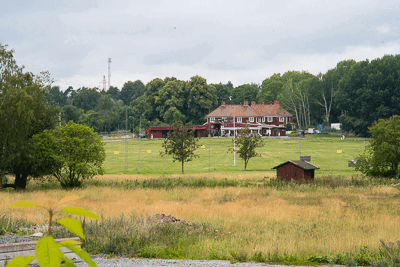
Bokeh
The background blur is soft and pleasing even with the moderate f/3.5 aperture, and the 135mm telephoto compression further enhances the blur. Bokeh balls are round and evenly lit, with mild cats’s eye effect in the corner, they are nice to look at though. They get hexagon shapes as soon as you stop down, even with half a stop.
Let’s look at the bokeh at different distances in real life!
Close Distance



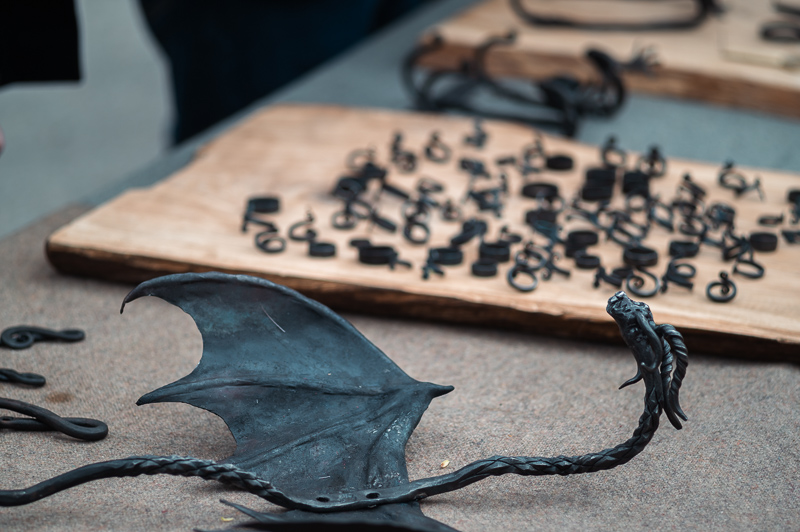

No issues here as with most of the lenses, the bokeh is as soft and creamy as it can get.
Medium Distance




Here the telephoto compression helps a lot and we still can get a lot of non-disturbing blur.
Long Distance

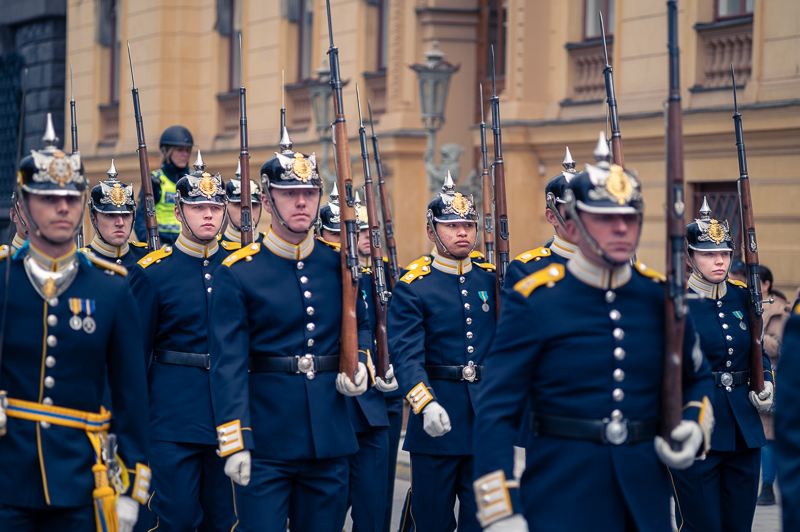
The longer you get from the subject the amount of blur decrease but still pleasing.
Conclusion
| I LIKE | AVERAGE | I DON’T LIKE |
| Sharpness Price Bokeh Vignetting Aberrations |
Lens distortion | Flare resistance Focus breathing |
The conclusion is that this is probably the surprise of the year. Sure, Zeiss Jena tends to make good lenses and I’ve tried other 135mm from them, but this is impressive, especially considering the price. This optic is insanely good for what it is. Very impressive. The vignetting is excellent and chromatic aberrations better than average. The distortion is not that bad either. Besides sharpness, the other important characteristics for portraits, one of this lens’s main applications, the bokeh is quite pleasant too. Colors are good too. While a wider maximum aperture of f/2.8 and better flare resistance would be desirable, the lens’s incredibly low price and compact size make it a compelling option for those seeking a manual focus short telephoto. Especially if one can get the later multi-coated black version. Note that I’m not suggesting that this lens is as good as a modern lens like Nikon Z 135mm f/1.8 Plena or even a Samyang 135mm f2. The Nikon costs about $2500 and the Samyang about $500, while this lens costs between $20 and $50. It’s a great value for the money and can absolutely be used on a modern camera with great result.
Writing articles like this one is both time-consuming and costs us a lot of money. If you found this article helpful and decided to buy one of these lenses, please consider using one of the affiliate links.
If you are not interested in buying any of the lenses, but you still found this article useful, interesting, or it saved you a lot of money, treat us to a coffee!
| Buy new: eBay.com, eBay.de, for $20 ~ $299 (Affiliate links) |
Alternatives
135mm has been the most popular telephoto lens for masses and therefor almost all lens manufacturers had at least 2 of them, most common f/2.8 and f/3.5. These are just some of them at about the same speed as the reviewed lens.
Nikon Ai-S 135mm f/3.5
Buy used: ebay.com, eBay.de
Olympus E. Zuiko 135mm f/3.5
Buy used: ebay.com, eBay.de
SMC 135mm Pentax-M f/3.5
Buy used: ebay.com, eBay.de
Canon 135mm nFD f/3.5
Buy used: ebay.com, eBay.de
Leica APO Telyt M 135mm f/3.4
Buy used: ebay.com, eBay.de
Jupiter-11 135mm f/4
Buy used: ebay.com, eBay.de
Leica 135mm f/4 Tele-Elmar
Buy used: ebay.com, eBay.de
Konica Hexanon AR 135mm f/3.2
Buy used: ebay.com, eBay.de
Konica Hexanon (AR) 135mm f/3.5
Two different lenses; one with AR in the name and another without.
Buy used: ebay.com, eBay.de
More Sample Images












Most of the sample images in this review and many more can be found in higher resolution here.
Further Reading
- What camera gear and accessories do I use most frequently?
- Review: Leica Apo-Telyt-M 135mm 3.4
- 135mm legacy Shoot out: SMC Pentax-M f/3.5 vs Canon nFD f/3.5 vs. Panagor f/2.8
- Olympus E. Zuiko 135mm f/3.5: A review
- Quick Review: Jupiter-11 135mm 4.0
Support Us
Did you find this article useful or did you just like reading it? It took us a lot of time and money to prepare it for you. Use the Donate button to show your appreciation!
![]()

(Donations via Paypal or bank card)
This site contains affiliate links, for which I may receive a small commission if you purchase via the links at no additional cost to you. This helps support the creation of future content.
Martin
Latest posts by Martin (see all)
- Analogue Photography: Part 4 – Ilford HP5 Plus at a Historical Engine Factory - December 3, 2025
- REVIEW: 7Artisans AF 10mm f/2.8 (APS-C) - November 30, 2025
- REVIEW: 7Artisans AF 35mm f/1.8 - October 15, 2025



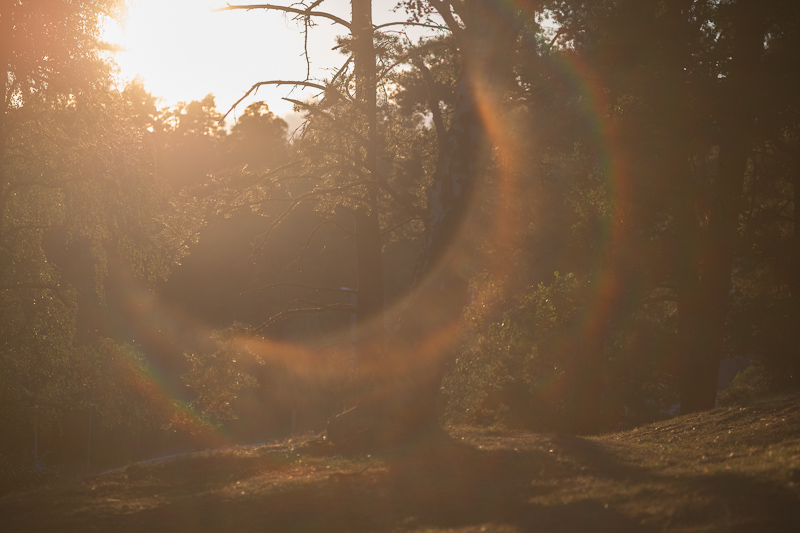

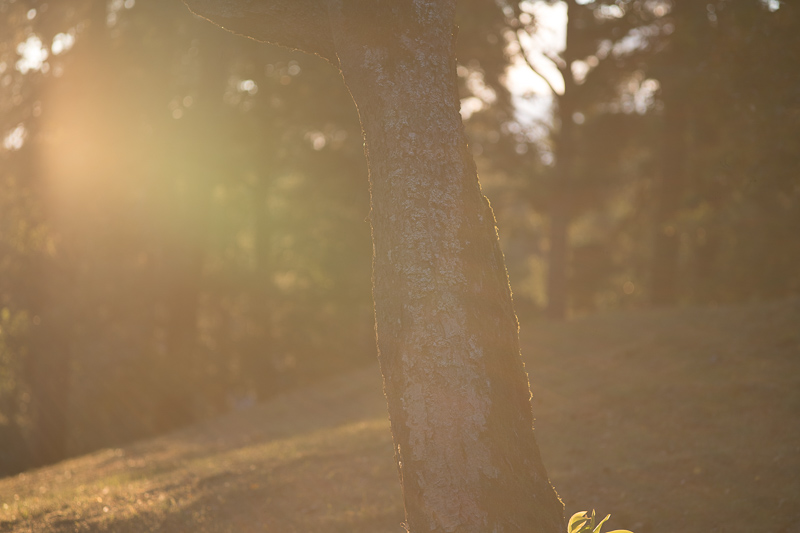
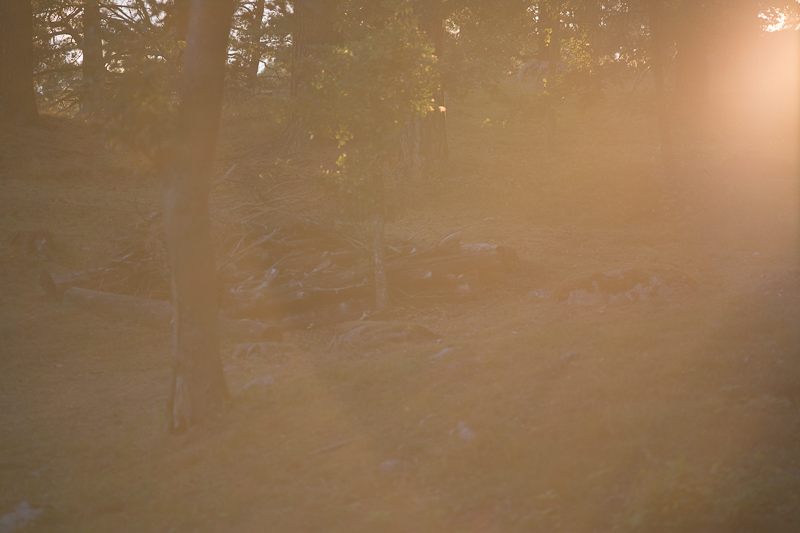

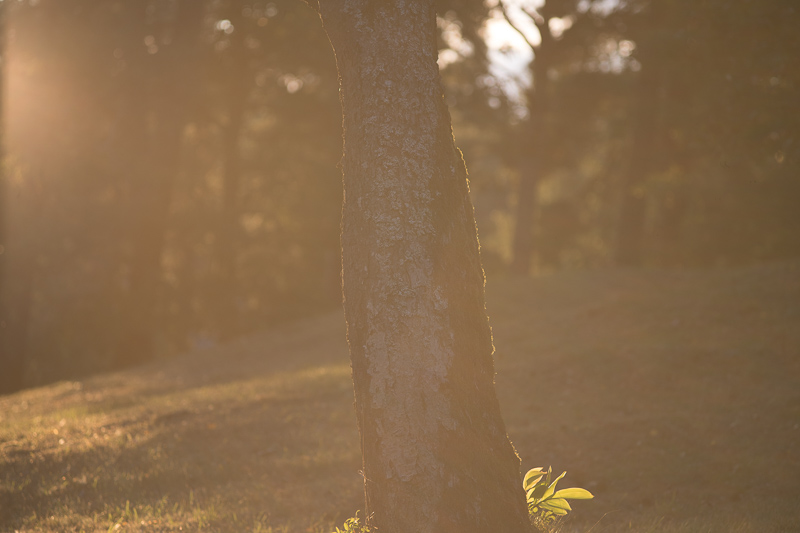










Thank you Martin for the review of a true classic. This bargain lens is very capable.
A little bit of history of the Sonnar 135mm. Carl Zeiss Jena not only created one 135mm. They created THE 135mm with this Sonnar lens. It was the first 135mm lens for full frame ever. It was called Carl Zeiss Jena Sonnar 13,5cm f/4 and it was (when I did not made a mistake) the very first Sonnar lens for the Contax I that went into production. The Sonnar 5cm lenses were finished later.
This tele lens was a huge success and we know that it was copied and got a lot 135mm siblings till today. But it was so successful that it might be the longest build lens in history. Carl Zeiss Jena produced the Sonnar 135mm f4 / f3,5 from 1932 until 1988. Your bought lens was build 1967.
Thank you for the huge amount of sample images. But if I can ask for something please add more post processing. I don’t ask for sharpening but a little bit of touchup when it comes to colors and brightness. Your sample images look to grim for my liking. I don’t know what is up with modern (Nikon) cameras. My images need a constant 2/3 stop increase in brightness. And the white balance / grading of your images look like they need a bit less of this sepia that is all over the images. I know that some people complained about the post processing and so you quit it but I will vote for some improvements. Some samples look really promising but the missing processing ruins the mood completely. T_T
Keep up the good work.
Thanks for the history, and the production year info of my lens.
As you mentioned, the post-processing seems to be a sensitive matter, I made pictures to my liking, like the ones on my Instagram account, but some people complained and said the lens test sample images, should be as they come out of the camera. Recently, there has been more than one voice that has complained the samples are too plain. Well because they are more or less a raw conversion. I’ll try to keep it somewhere in the middle in the future.
This is a lens review. Characteristics of lenses includes color cast, contrast, color is affected also by the glass composition and certain coatings also affect color fidelity and transmission variation between wavelengths. I believe not editing images provides a less biased, more scientific approach so one may compare lens to lens, apples to apples. I will say however, Lightroom tends to interpret RAW file colors quite differently than say, Capture One, it is very noticable difference, so even the software itself changes everything without dragging any of the sliders. I believe at phillipreeve, they should simply stay consistent to their overall methodologies for lens analysis and not deviate a lot from that – to allow a more scientific way for the reader to compare lenses. Just my thoughts and opinions.
@Curtis P
I see your point but when it comes to color, contrast and brightness of a lens I do not think that leaving all samples as much unprocessed as possible is a good solution.
First no review here on this blog addressed color casts directly. I myself have pitted a lot of vintage lenses against each other and never found a strong color cast except for radioactive lenses. I compared uncoated, single coated and multicoated lenses from different manufacturers and after applying the same white balance to all images the difference is tiny. Brightness and contrast are more noticeable.
Second here on this blog you can find samples from Sony, Nikon and Leica cameras. Even unprocessed those images are not comparable. RAW converters apply different color schemes and even brightness curves to different brands and even camera models. And all other reviewers never bothered with this topic at all. They all graded their samples to their liking. And that seems to be fine by many. A lot of people like the artistic aspect of sample images here on this blog and praise good photography.
What I ask for is a moderate push in brightness and a proper white ballance and maybe a fix color scheme. I’m no fan of HDR optics where everything looks dirty.
When it comes to color cast, brightness and contrast out of the box (or lens) than I would prefer a new chapter within the reviews where unprocessed sample images are shown and evaluated. There could be a test scene (probably with artificial light) with the same settings (equal light, brightness, F-stop) for all test lenses (like the DPR test scene) to show a comparable result. Everything else is not helpful.
I hope you guys agree. 🙂
Thanks for the insights, I like it when readers care.
In this review (Sonnar 135/3.5), I have now replaced the sample images at the beginning of the review only (11 I think), with the same images, but post processed to my liking, and as if I would touch up them for myself, but not completely, just the basics.
The rest of the images in the article are “untouched” as before.
Have a look and see how they are!
I like it tbh, I dunno about past reviews but at least in this instance I feel like it helps show what it’s capable of (the lens).
Thank you for this great review.
135mm focal length is my favourite focal length in the mid-range segment.
I can no longer count the 135mm lenses I have in my photo cabinets 😁.
Greetings Stefan
I had the same zebra version, lost it somewhere in Norway. I can confirm all the aspects metioned in the review, even the ridiculously low price. Sometimes it gave me strange colors. The camera struggled with the single blue coating maybe?Then I bought the FD 135/3.5 instead(on behalf of review here) and apart of longer MFD it is comparable in a lot of areas. But sometimes I still miss the Sonnar…I do have collapsible 50/2 prewar Sonnar for my Contax II and now modern 55/1.8 ZA for Sony. Even had the chunky 180/2.8 Zebra for Pentacon Six – what a piece of glass. Sold it due to notoriously malfunctioning camera bodies.
There definitely is something to the Sonnar design/look, which attracts me.
One principle question regarding extension tubes:
Does a great lens (like this one) also bring good results with an extension tube, to achieve more close focusing distances?
Or does this need individual testing, meaning that the image quality may deteriorate more with certain lenses than with others?
So far I only have experience with teleconverters, where really some lenses are well-suited and others not at all.
Extension tubes should not affect image quality. If the lens delivers great results without them, it should also perform well with extension tubes. However, extension tubes don’t have as dramatic an effect on magnification for telephoto lenses, though they do allow you to focus closer. On the downside, you will lose the ability to focus at infinity. Nevertheless, they can have a negative impact on lenses with floating elements. Lenses with floating elements are designed to optimize performance at different focus distances by adjusting the position of certain lens groups. When using extension tubes, this carefully calibrated system may be disrupted.
You can use helicoid adapter as a much more practical solution. You still gain a lot with 135mm, but of course you can’t reach macro territory. This Sonnar works fantastically well when extended (better than many lenses I’ve tried). Actually, same as some lenses perform better or worse near mfd, same goes for going beyond mfd.
There is a Jupiter-37A MC lens with the same optics and a better coating.
Thanks for the great review. Optically the 135/3.5 Nikkor or Canon rf lenses were virtual Sonnar copies and continued unchanged up through the early Nikon F or Canon FL/FD series. For that reason, I would opt for a clean inexpensive 135/3.5 Nikkor Q or QC as it’s durability is bulletproof and doesn’t require extra adapters if used on a Nikon F mount body. Later Nikkors and Canon 135/3.5 in the mid-1970’s improved on the optical design and were a little more compact. Leica’s Tele-Elmar M 135/4 from the mid 1960’s was a modified Sonnar design with a more advanced 5/3 configuration having better sharpness and near apochromatic correction even out to the corners. Interestingly, the CZ Sonnar 135/4 on the 1959 Tele-Rolleiflex shares a similar 5/3 configuration with the Leica Tele-Elmar M. Their final 135/3.4 Apo-Telyt was a true apo masterpiece and as typical for Leica, highly priced, but other than a 1/2 stop increase in speed, doesn’t perform that much better than the 135/4.
I have the black multicoated version, it costed me like 30 usd, and I’m not joking when I say that this is the best lens I have.
In the beginning when I started to use it I was disappointed with the maximum aperture of f3.5, but after some time, this lens literally made magic with me, I’m nor joking. There were and there are photos I take with it where I open them later in my pc and I’m speechless at how they are sharp and how they come out nice.
I own zeiss g2 90 mm, I own several other portrait length lenses, and I don’t know how to explain, the colors, the sharpness, the micro contrast of my zeiss jena 135 mm are simply amazing.
I guess there is really some “zeiss formula” that makes photos have a 3d pop or micro contrast and the sonnar in this lenght is the biggest exponent of it.
Yes, it is a nice lens, with special characteristics.